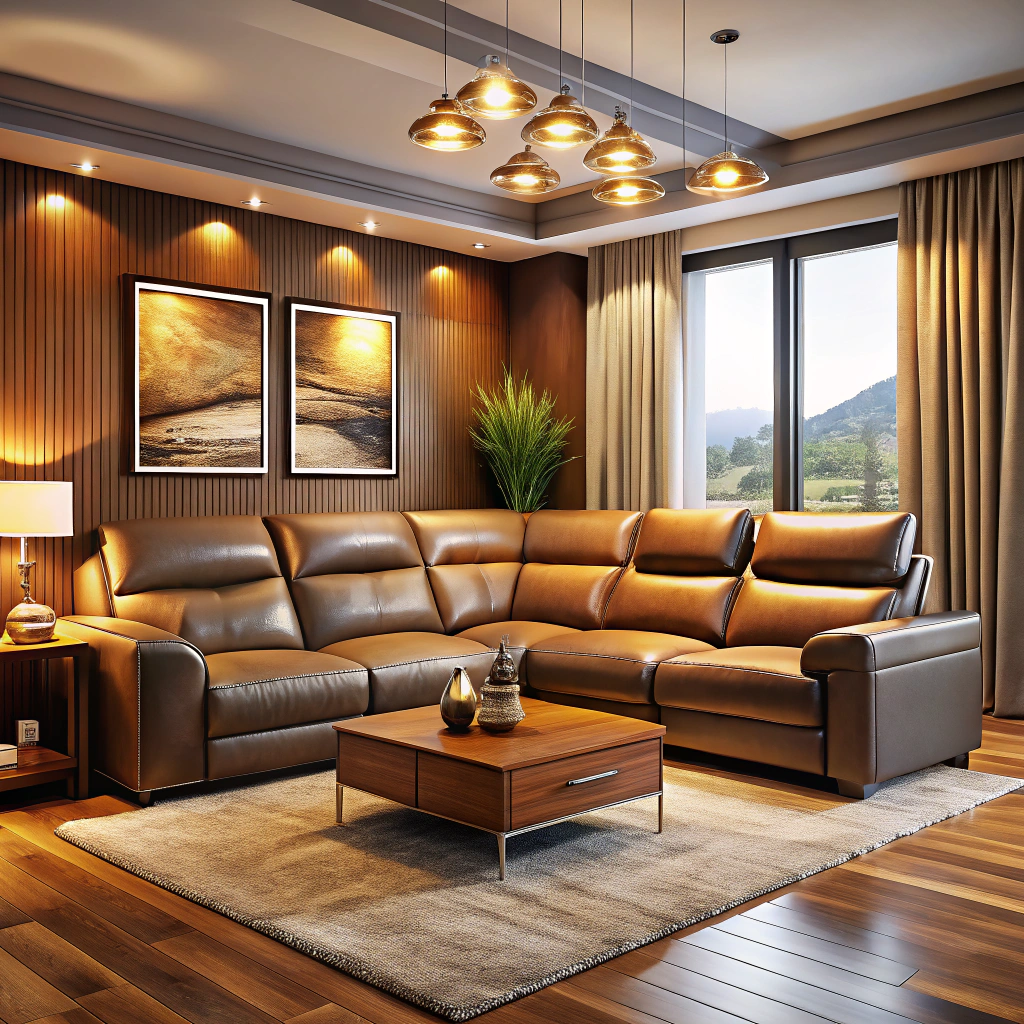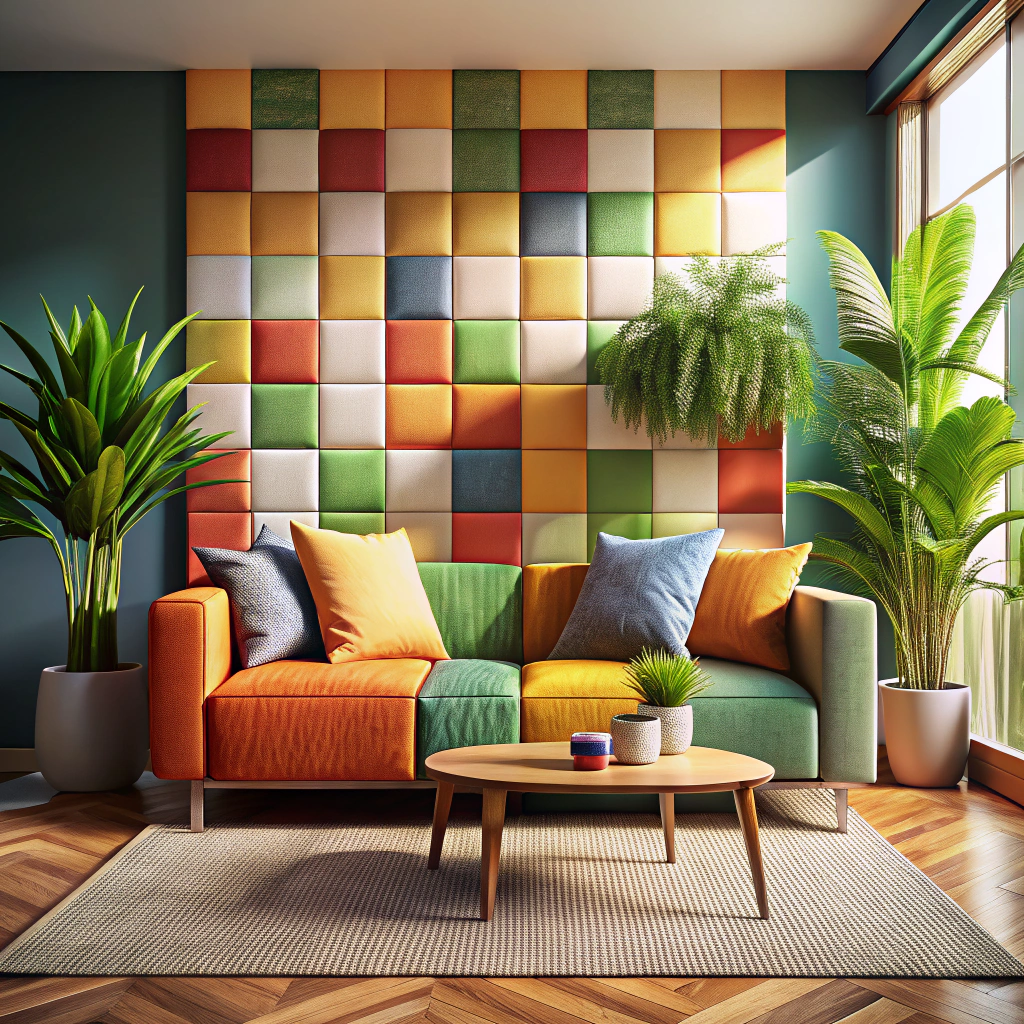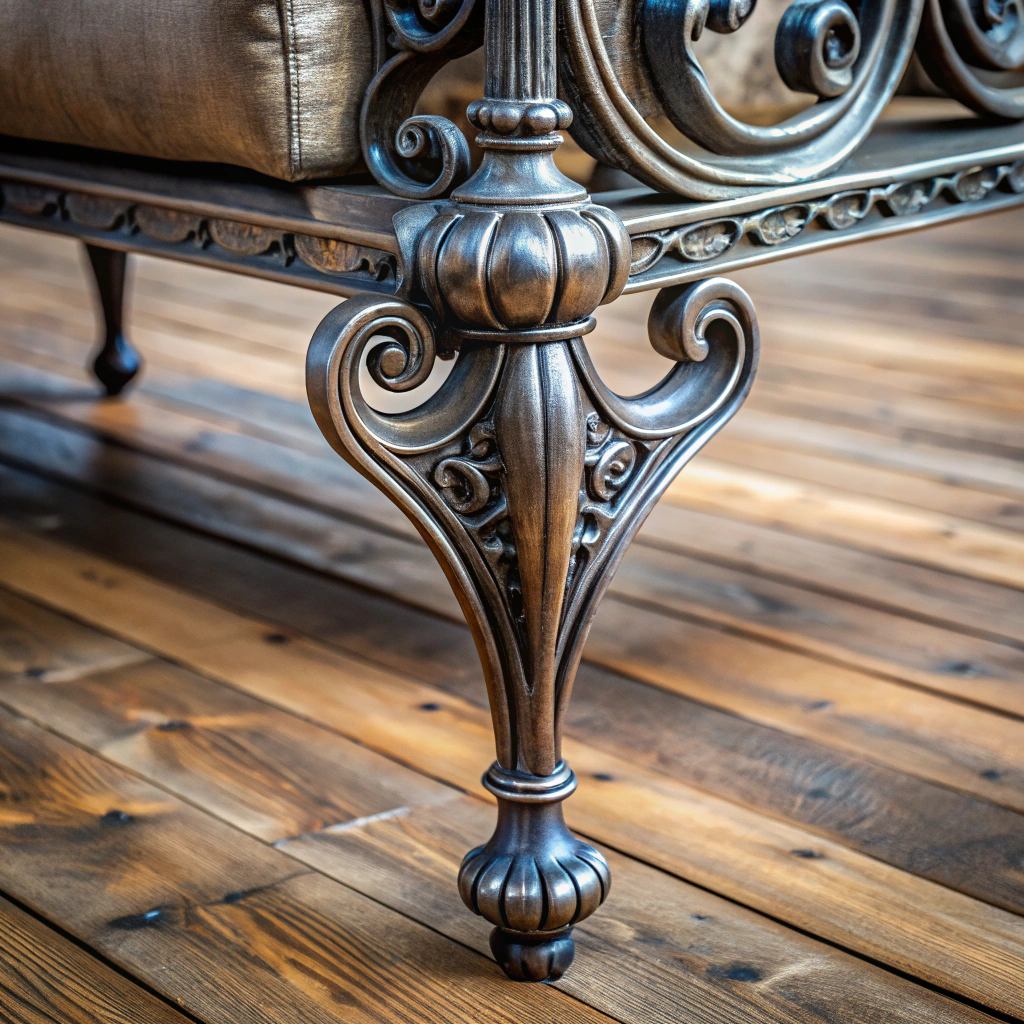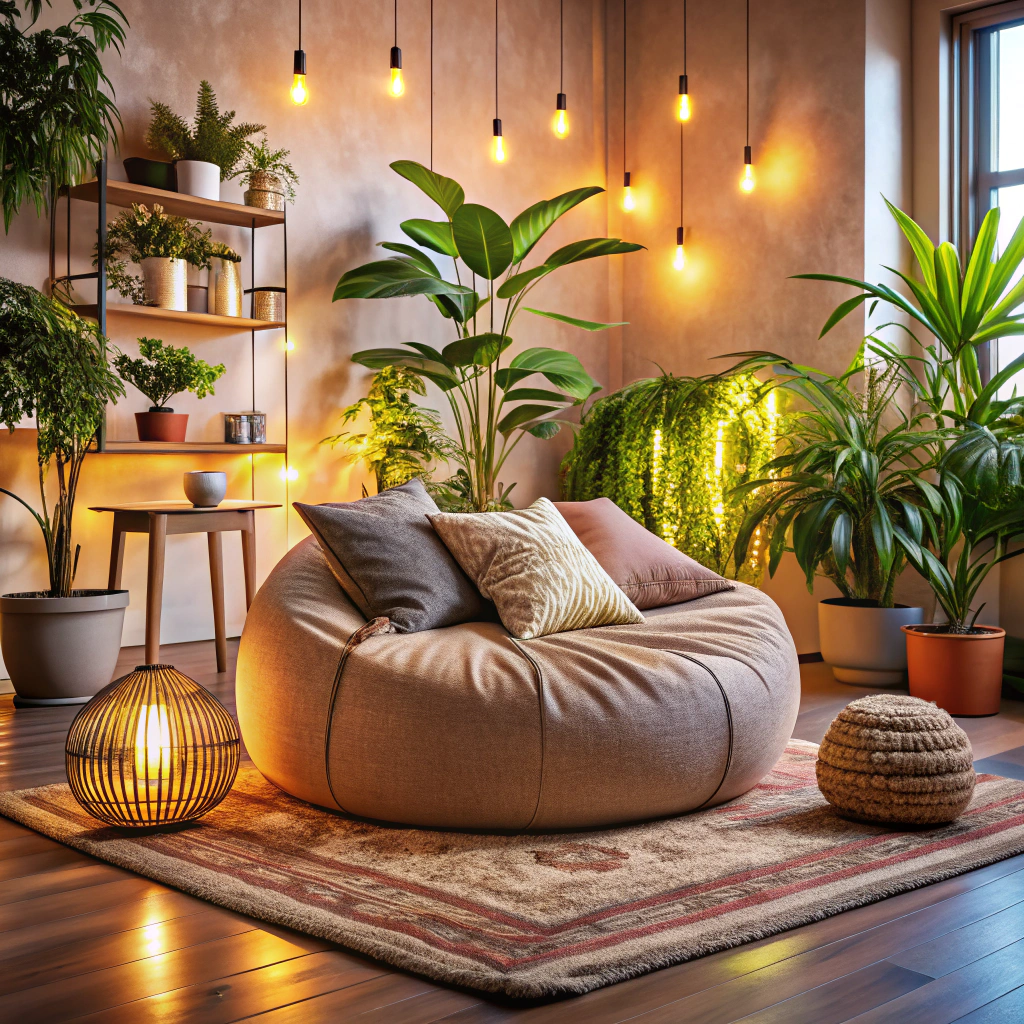Last updated on
Discover the secrets to arranging furniture effectively and stylishly with our easy-to-follow guide. Transform your living space into a functional and visually appealing haven.
Arranging furniture can be a daunting task, especially when you’re dealing with limited space or oddly shaped rooms. But fear not! With a little bit of planning and creativity, you can transform your living space into a functional and stylish oasis.
In this article, we’ll explore some tips and tricks to help you figure out how to arrange furniture in any room of your home. Whether you’re starting from scratch or looking to refresh your current setup, these ideas will inspire you to create the perfect layout for your needs and personal style.
So, grab a cup of coffee and let’s get started!
Key takeaways:
- Assess Room Dimensions
- Identify Focal Points
- Consider Functionality
- Balance and Symmetry
- Traffic Flow Optimization
Table of Contents
Assess Room Dimensions
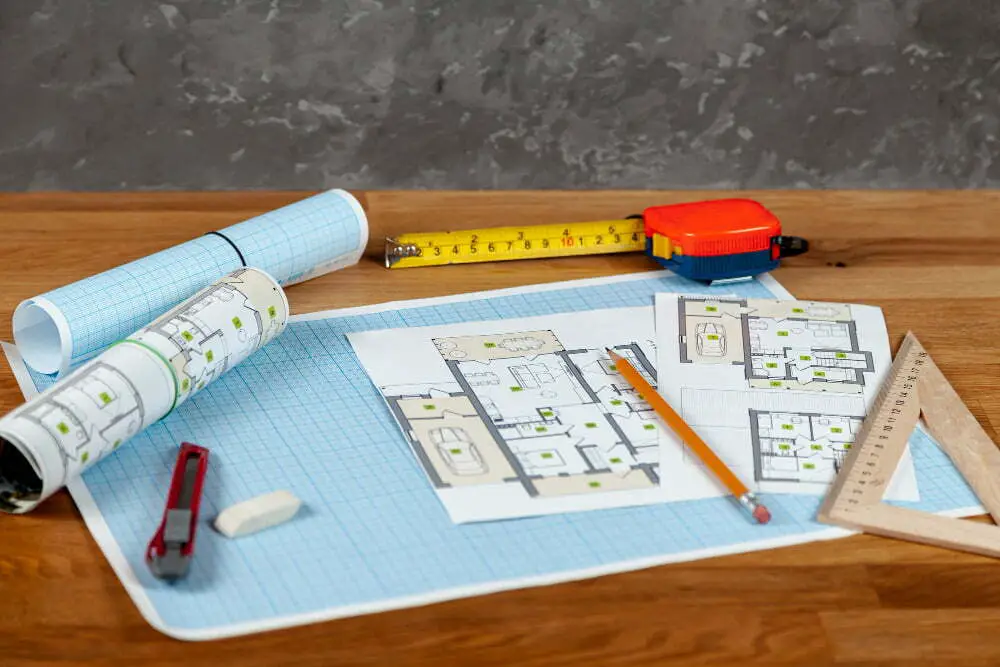
The first step in arranging furniture is to assess the dimensions of your room. This will help you determine what size and shape of furniture will fit comfortably in the space without making it feel cramped or empty.
Start by measuring the length, width, and height of your room using a tape measure or laser level.
Once you have these measurements, create a rough sketch of your floor plan on paper or use an online tool to visualize different layout options. Consider any architectural features such as windows, doors, fireplaces that may impact where you can place furniture.
Remember that not all rooms are created equal; some may be long and narrow while others are square-shaped with high ceilings. Understanding how much space you have to work with will make it easier for you to choose appropriately sized pieces that complement each other well.
Identify Focal Points
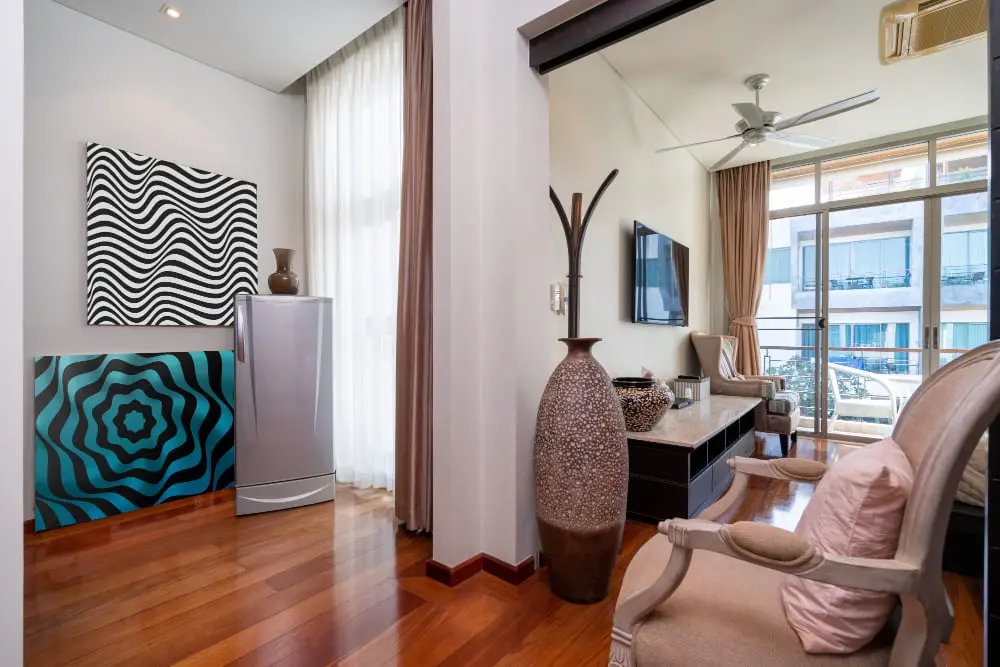
A focal point is a feature in the room that draws attention and serves as a visual anchor for your furniture arrangement. Common examples include fireplaces, large windows with scenic views, or even an accent wall with bold artwork.
Identifying these key elements will help you determine where to place larger pieces of furniture such as sofas or beds while also creating balance and harmony within the space. For instance, if your living room has a fireplace at one end of the wall opposite from an expansive window on another side; consider placing seating arrangements around both features so that they become complementary rather than competing elements.
Consider Functionality

Think about how you’ll be using the space and what activities will take place there. For example, if you’re setting up a living room for entertaining guests, you’ll want to make sure there’s plenty of seating available and that everyone has a clear view of the TV or fireplace.
On the other hand, if your goal is to create a cozy reading nook in your bedroom or home office, focus on selecting comfortable chairs with good lighting nearby. If you have children or pets at home who like to play on the floor frequently, avoid placing sharp-edged coffee tables near their play area.
Balance and Symmetry
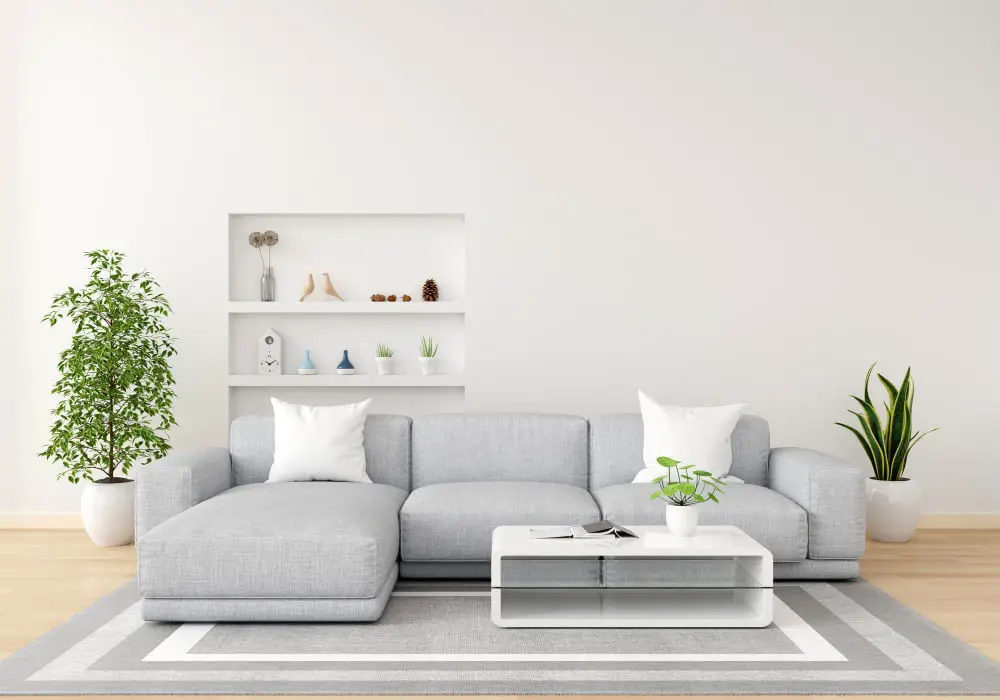
When arranging furniture, it’s important to consider the visual weight of each piece. Visual weight refers to how heavy or light an object appears in relation to its surroundings.
To create balance, try placing larger pieces of furniture on opposite sides of the room. For example, if you have a large sofa on one side of the room, place two armchairs or smaller loveseats across from it.
Symmetry can also be achieved by using pairs of identical objects such as lamps or end tables placed at either end of a sofa or bed.
Traffic Flow Optimization

You want to create a layout that allows for easy movement throughout the room without feeling cramped or cluttered. One way to optimize traffic flow is by creating clear pathways between furniture pieces.
Start by identifying the main entrance and exit points in your room and make sure they are unobstructed. Then, arrange larger pieces of furniture such as sofas and chairs away from these areas so people can move around them easily.
Another tip is to avoid placing too many small items like side tables or ottomans in high-traffic areas as they can become tripping hazards. Instead, opt for larger statement pieces that won’t impede movement but still add visual interest.
Mix Sizes and Shapes

Instead of sticking with the same size or shape for all your pieces, try mixing it up by incorporating different heights, widths, and textures. For example, pair a tall bookshelf with a low-slung sofa or mix round coffee tables with square end tables.
When selecting furniture pieces of varying sizes and shapes, keep in mind the overall balance of the room. You don’t want one side to feel too heavy or cluttered compared to another.
A good rule of thumb is to aim for symmetry when possible but also embrace asymmetry if it adds character.
Maximize Comfort
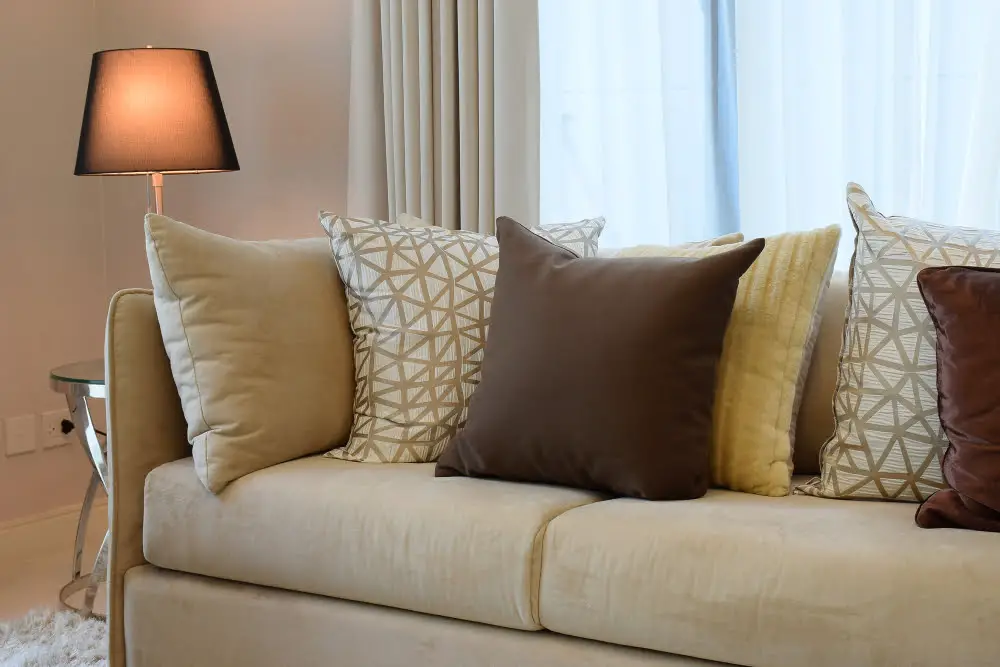
After all, what good is a beautiful living room if you can’t relax and enjoy it? To maximize comfort in your space, start by selecting pieces that are both stylish and cozy. Look for sofas and chairs with plush cushions or soft upholstery materials like velvet or chenille.
Another way to increase comfort is by incorporating plenty of throw pillows and blankets into your design scheme. These accessories not only add visual interest but also provide extra cushioning for lounging on the couch or reading in bed.
Don’t forget about lighting! Soft ambient lighting can create a warm and inviting atmosphere while task lighting (such as table lamps) provides ample illumination for reading or working on projects.
By prioritizing comfort when arranging furniture in your home, you’ll create an environment that’s both functional and relaxing – the perfect combination for any living space!
